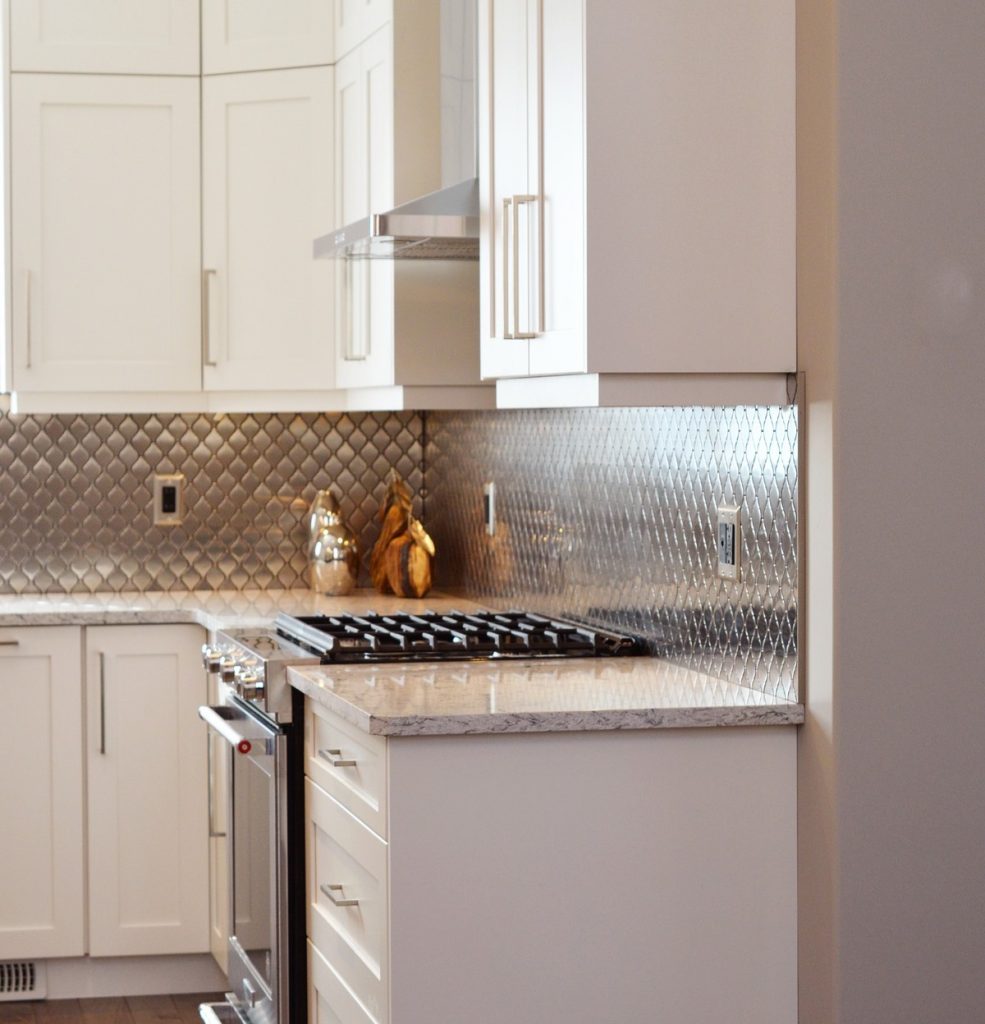
The charms of living in an older home can be many – history, style, craftsmanship, quirks. But maintenance can be tricky and expensive, especially if certain systems and features have been neglected over the years.
- Energy inefficiency is probably the number one issue with older homes. New windows can be very expensive, but will contribute immensely to reduced energy use and lower heating and cooling costs. Replacement windows are available in several styles and at different price points, so finding ones that suit the look of an older home is easier than ever.
- Poor insulation wastes energy and money, and makes living in the home uncomfortable. The most important area to insulate is the attic, but walls and floors above ventilated crawlspaces should also be insulated if possible.
- Check old water pipes to identify the material and determine if they need to be replaced. Some older materials such as galvanized steel, iron, and even lead are still in use today even though new construction doesn’t allow them. Replacement options include copper and CPVC piping.
- Outdated electrical systems are often found in older homes and may not only be dangerous, they can make the house uninsurable in some situations. Even if no danger is present, we use much more electricity in our homes today and the capacity of older systems may be inadequate. Only a qualified electrician should attempt any repairs or updates to a home’s electrical system.
With careful maintenance and a nod to history, older homes can be comfortable, stylish, and even energy efficient in the right hands.


 icon and select "Add to Home Screen".
icon and select "Add to Home Screen".








